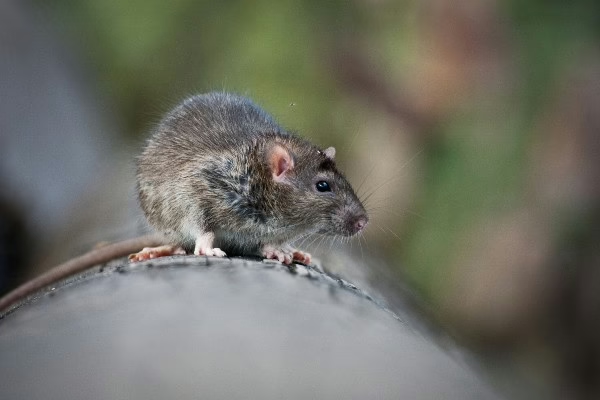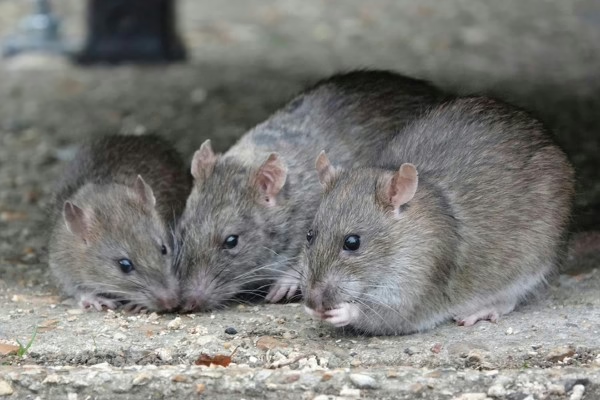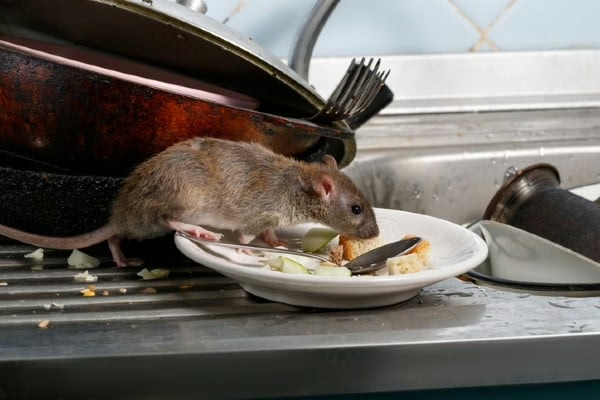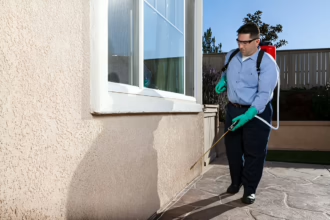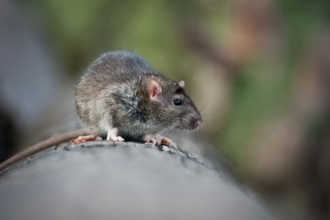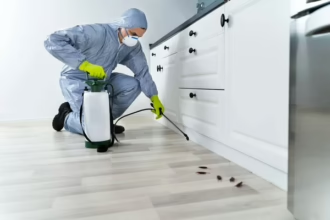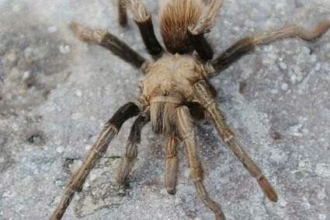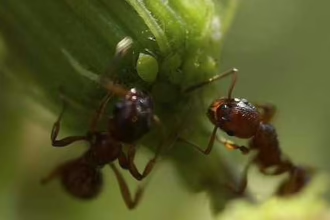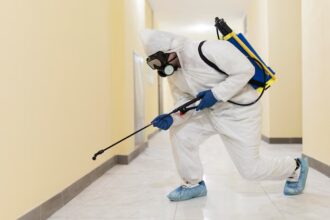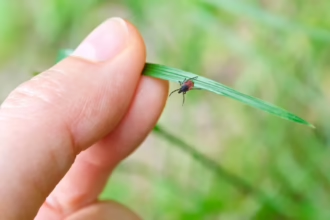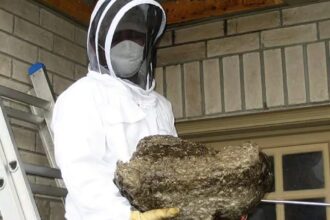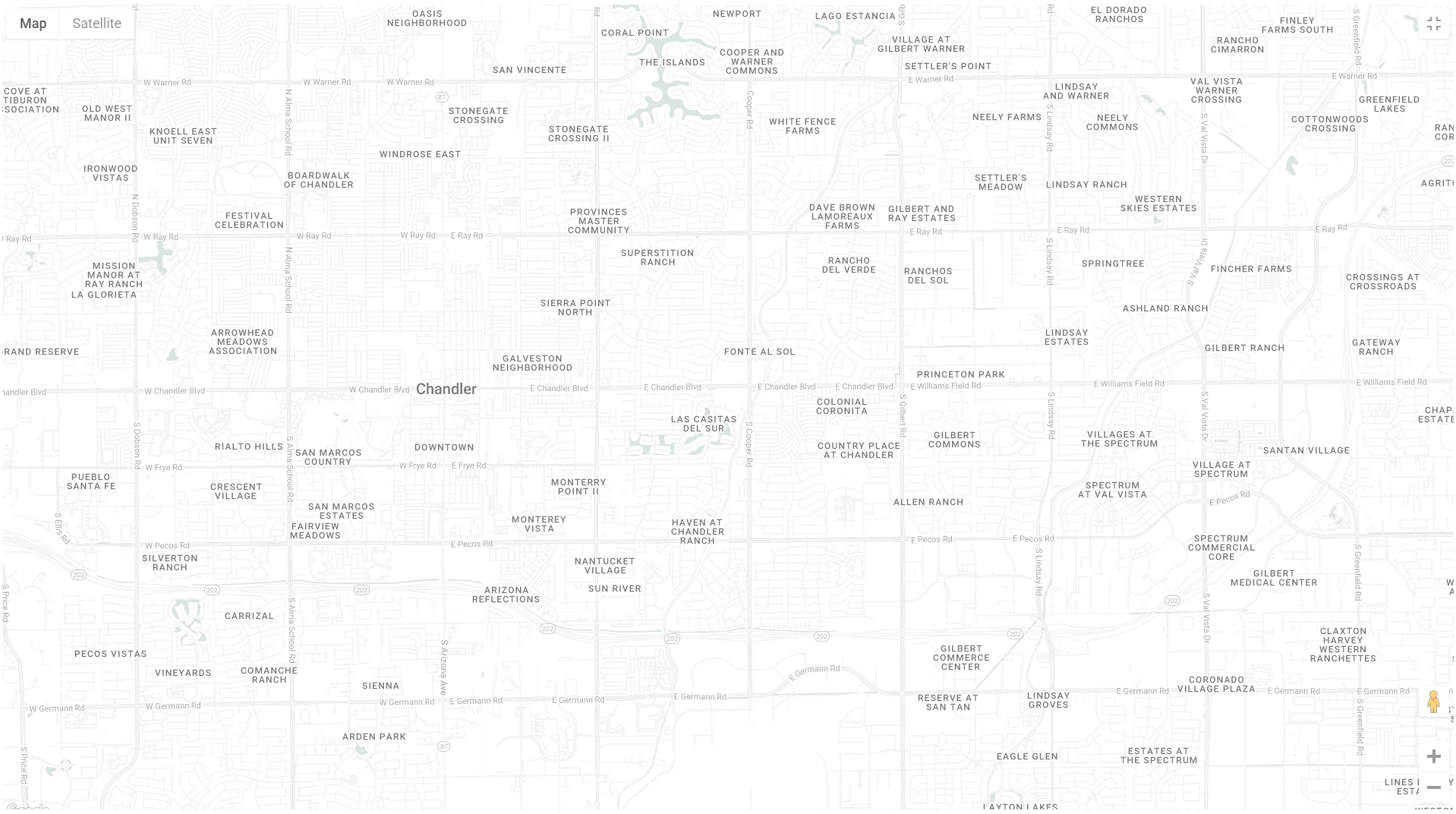Why Rodents Are Dangerous Pests
Rodents are more than nuisances—they’re destructive, disease-carrying invaders. With the ability to squeeze through gaps as small as a quarter and reproduce explosively, rodent pest control becomes urgent to prevent a crisis. A single pair can produce 15,000 descendants in a year, turning a minor issue into a full-blown infestation that only expert intervention can resolve.
The Importance of Rodent Pest Control
To protect your house against rats and mice, which present major health and structural hazards, rodent pest management is essential. These pests increase the risk of fire by contaminating food, spreading illnesses like salmonella and hantavirus, and chewing through wires. Because rodents breed quickly, a small infestation can grow into thousands of rodents in a matter of months if expert rodent pest treatment is not provided. In order to prevent reinfestations, effective rodent pest control involves strategic baiting, sealing entry points, and continuous prevention. Put your trust in professionals like Terminix to secure your house and get rid of rodents for long-lasting safety. Act immediately to prevent health risks and irreparable harm.
Common Rodents Species in the U.S.
1. Norway Rats
- Appearance: Robust bodies, blunt noses, brown/gray fur.
- Habitat: Burrow in basements, gardens, and ground floors.
- Behavior: Seek shelter indoors in fall/winter.
2. Roof Rats
- Appearance: Slender bodies, pointed noses, black/dark brown fur.
- Habitat: Nest in attics, palm trees, and upper building levels.
- Behavior: Excellent climbers; common in coastal/southern states.
3. Pack Rats
- Appearance: Bushy tails, gray/reddish-brown fur.
- Habitat: Southwestern U.S.; build large nests with debris.
- Behavior: Collect shiny objects, posing risks to wiring.
Comparison Table: Norway Rats vs. Roof Rats
| Feature | Norway Rats | Roof Rats |
|---|---|---|
| Size | 9–11 inches | 6–8 inches |
| Tail | Shorter than body | Longer than body |
| Nesting Sites | Basements, gardens | Attics, trees |
| Geographic Range | Nationwide | Coastal/southern U.S. |
Health Risks of Rodents Infestations
Rats transmit harmful infections by their bites, urine, and droppings:
- Rat-Bite Fever: Spread by contaminated food or bites or scratches.
- Hantavirus: Causes serious respiratory problems when inhaled from dry droppings.
- Leptospirosis: Caused by urine-tainted water; affects the liver and kidneys.
- Salmonella: Serious gastrointestinal sickness is caused by food contamination.
Property Damage:
- 🔥 Fire Hazards: Gnawed electrical wires cause 25% of house fires.
- 💧 Structural Damage: Chewed pipes, insulation, and drywall.
Signs of a Rodents Infestation
Watch for these red flags:
- 🚩 Droppings: Small, dark pellets near food or walls.
- 🚩 Gnaw Marks: On wires, baseboards, or plastic pipes.
- 🚩 Scratching Noises: In walls or attics at night.
- 🚩 Grease Marks: Smudges along baseboards from rodent fur.
- 🚩 Nests: Shredded paper, fabric, or insulation in hidden areas.
How to Prevent Rodent Pest Control
1. Seal Entry Points
- Use steel wool + caulk to block gaps >1/4 inch.
- Install door sweeps and vent covers.
2. Eliminate Food Sources
- Store pet food in airtight containers.
- Clean spills immediately and secure trash bins.
3. Landscape Maintenance
- Trim tree branches 3+ feet from roofs (roof rats climb!).
- Remove fallen fruit and dense vegetation near foundations.
When DIY Isn’t Enough: Why Professional Help Matters
While traps and deterrents work for minor issues, severe infestations require expert intervention.
PestFree 365 Plan Includes:
✅ 25+ Covered Pests: Rats, mice, cockroaches, spiders, and more.
✅ Guaranteed Protection: Free re-treatment if pests return.
✅ Thorough Inspections: Identify entry points and nesting areas.
✅ Eco-Friendly Solutions: Safe for families and pets.
How It Works:
- Inspect: Certified technicians assess your home’s vulnerabilities.
- Treat: Targeted baiting, trapping, and exclusion techniques.
- Prevent: Seal entry points and provide ongoing monitoring.
FAQ: Rodent Pest Control
Q: Do rats bite humans?
A: Yes! Rats bite when cornered, spreading diseases like rat-bite fever.
Q: How fast do rats reproduce?
A: Females birth 6–12 pups every 3 weeks—act fast to avoid exponential growth.
Q: Are ultrasonic repellents effective?
A: Limited results. Professional exclusion and baiting are more reliable.
Act Now—Rodents Won’t Wait!
Rodents multiply rapidly and cause irreversible damage. For guaranteed protection:
📞(480) 916-2737 or Book Online
- FREE inspection within 24 hours.
- Customized plans for homes and businesses.
- Safe, EPA-approved treatments.
Rodent Pest Control: Don’t risk your family’s health—schedule your inspection now!




